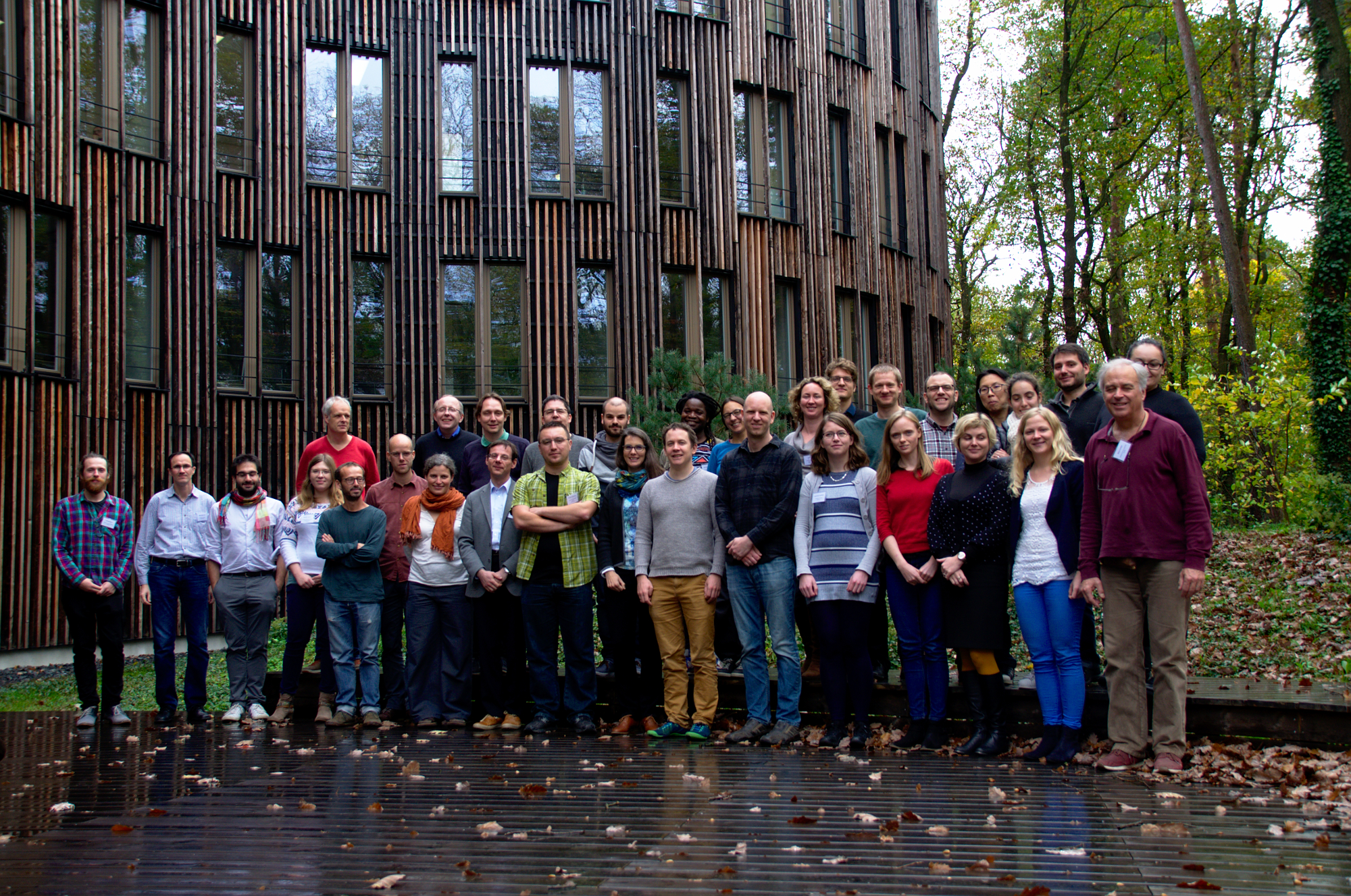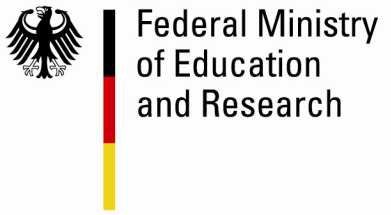Climate Variability Across Scales (CVAS): Understanding and modeling space-time Holocene climate variability

Topics and Goals
Understanding natural climate variability is a necessary prerequisite for predicting the range of plausible future climates. The Holocene is a reasonable reference period with conditions similar to the present, a large amount of existing paleo-observations and relatively well-constrained boundary conditions and climate forcings.
The first CVAS workshop identified an existing knowledge gap regarding the scaling regimes of climate variability during the Holocene and the associated differences between tropics, extratropics and polar regions, as well as between land and ocean. Addressing these aspects will allow us to characterize Holocene climate variability in both space and time and the issue of Holocene climate (in)stability. This will improve our understanding of key processes and climate mechanisms and allow for a better understanding of their role in the Anthropocene.
This second CVAS workshop will focus on the aforementioned questions by bringing together experts working on Holocene climate variability from three different perspectives: data acquisition and interpretation, time series analysis methodology, and theoretical climatology and climate modeling. It will comprise plenary talks introducing the state of the art of different fields, extended meetings of the three subgroups of experts and panel discussions bringing about insights and ideas from the individual subgroups to the other participants.
To foster a first comprehensive synthesis of Holocene climate variability, the workshop will provide products generated in three subgroups:
1. Selecting the best archives to quantify climate variability and understanding their caveats: Data
2. From paleo-observations to robust and reproducible variability estimates: Analysis tools
3. Origins and interpretation of the space-time structure of Holocene variability: Models and Theory.
The invited scientists will prepare specific tasks before the meeting to allow hands-on work and exercises during the workshop. Some of these tasks have already been initiated at the first workshop, e.g. the development of a software toolbox. It is anticipated that each group will provide an inventory of existing data sets, methods and software solutions, as well as mechanisms as zeroth-order drafts for review papers summarizing the essential state of the art of research on Holocene climate variability across scales.
Participants
This is an open workshop, limited to 30-40 participants.
Organizers
Thomas Laepple
(Alfred Wegener Institute, Helmholtz Centre for Polar and Marine Research, Research Unit Potsdam)
Reik V. Donner
(Potsdam Institute for Climate Impact Research, Germany)
Gabriele Pilz
(Potsdam Institute for Climate Impact Research, Germany - logistics)
Chiranjit Mitra
(Potsdam Institute for Climate Impact Research, Germany - webmaster)

© Lindenhan / PIK (All rights reserved).
Sponsored by:




|